
Torque Sensor vs Cadence Sensor: Which Is Best for Your Electric Bike?
When choosing an electric bike, one key factor that defines how it feels to ride is the pedal-assist sensor. This system controls how the motor delivers power as you pedal, creating either a smooth or responsive riding experience.
Most e-bikes use one of two sensor types — cadence sensors or torque sensors. Each offers unique benefits in performance, comfort, and efficiency. In this guide, we’ll explain how they work, their pros and cons, and help you decide which sensor is best for your next electric bike.
Why Electric Bikes Need Sensors for Smooth and Efficient Riding
Sensors play a vital role in every electric bike, ensuring a perfect balance between your pedalling power and motor assistance. By detecting how fast and how hard you pedal, the sensor signals the motor to deliver the ideal level of support for any terrain or riding condition.
This intelligent system not only makes your ride smoother and more natural but also improves battery efficiency, extends range, and enhances overall performance. Whether climbing steep hills or cruising through city streets, e-bike sensors adjust power instantly—offering a comfortable, efficient, and responsive cycling experience for every rider.
What Is a Cadence Sensor on an E-Bike and How Does It Work?
A cadence sensor is one of the most common types of pedal-assist systems found on modern electric bikes. It measures how fast you’re pedalling—your cadence—and activates the motor to deliver a preset level of assistance based on your selected speed mode.
How a Cadence Sensor Works
The cadence sensor detects when the pedals are turning and signals the motor to engage. Unlike a torque sensor, it doesn’t measure how hard you’re pedalling—only that you are pedalling. This means the motor provides a steady and predictable level of power, no matter how much effort you apply.
Ride Feel and Performance
E-bikes with cadence sensors offer a consistent, easygoing riding experience that requires less physical effort. However, because the power delivery doesn’t adjust to pedalling force, the ride can feel slightly less natural or jerky, especially when starting or stopping.
Efficiency and Battery Usage
Since the cadence sensor provides power whenever you pedal—even on flat terrain—it can be less energy-efficient, using more battery power than necessary. This might slightly reduce your overall range compared to e-bikes with torque sensors.
Cost and Maintenance
One of the biggest advantages of a cadence sensor is its affordability and simplicity. It’s easier to install, requires minimal maintenance, and is a reliable choice for entry-level riders or those who want a budget-friendly electric bike with straightforward pedal assistance.
Best For
A cadence sensor e-bike is ideal for casual commuters, urban riders, or anyone who prefers a steady, relaxed ride without worrying about adjusting pedal pressure.
Advantages
Simple and Easy to Use:
The pedal-assist level directly controls your speed, making cadence sensor e-bikes straightforward for beginners and everyday riders.
More Affordable Option:
Cadence sensors are cheaper to produce, which helps keep the overall electric bike cost lower—ideal for budget-conscious buyers.
Effortless Acceleration:
These sensors allow for quick acceleration with minimal pedalling effort, providing an instant boost when you need it most.
Supportive for All Riders:
Since the motor delivers power even with light pedalling, cadence sensor e-bikes are a great choice for riders recovering from injuries or those who prefer a more relaxed ride with less physical strain.
What Is a Torque Sensor on an E-Bike and How Does It Work?
A torque sensor on an electric bike is an advanced pedal-assist system designed to measure how much force—or torque—you apply to the pedals. Unlike basic sensors that simply detect movement, a torque sensor continuously monitors your pedalling pressure and instantly adjusts the motor’s output to match your effort.
This creates a smoother, more natural ride feel, closely mimicking the experience of riding a traditional bicycle. The harder you pedal, the more assistance the motor provides—making it ideal for performance riders, commuters, and anyone who values a responsive, intuitive cycling experience.
Because the motor only delivers power when you actively apply force, torque sensors are also highly energy-efficient, helping to extend your e-bike’s battery range. However, they are generally more expensive and more complex to maintain than cadence sensors, often requiring professional servicing.
Advantages
-
Better battery use: Power is delivered based on your pedalling, helping extend battery life.
-
Smooth, natural ride: The motor adjusts to your effort for a more intuitive, responsive experience.
-
Encourages activity: Assistance matches your pedalling, letting you get more exercise while riding.
Disadvantages
-
Requires consistent pedalling: To keep the motor engaged, you must continue pedalling — there’s no instant power without effort.
-
Slight power variations: Changing assist levels while coasting can cause small surges or drops in power, noticeable on some systems.
-
More physically demanding: Since power output depends on pedal force, riders may need to pedal harder for stronger assistance.
-
Higher cost: E-bikes with torque sensors are often more expensive due to their advanced technology and precision components.
Torque Sensor vs Cadence Sensor: Key Differences Explained
Both torque sensors and cadence sensors play a crucial role in how an electric bike’s pedal-assist system delivers power. The type of sensor your e-bike uses directly impacts how natural, efficient, and responsive your ride feels. Here’s a closer look at the key differences between torque and cadence sensors:
|
Feature |
Torque Sensor E-Bike |
Cadence Sensor E-Bike |
|
How It Works |
Measures how hard you pedal (pedal force) and adjusts motor power proportionally. |
Detects if you’re pedalling (cadence) and provides a preset level of motor assistance. |
|
Ride Feel |
Smooth, natural, and responsive — feels similar to a traditional bike. |
Consistent power output but can feel less natural or jerky when starting or stopping. |
|
Power Efficiency |
Highly efficient — only uses motor power when needed, extending battery life and range. |
Less efficient — provides constant assistance, which can drain the battery faster. |
|
Terrain Performance |
Excellent on hills and varied terrain; automatically adjusts to pedal effort. |
Best for flat or urban routes where steady assistance is enough. |
|
Physical Effort |
Requires more active pedalling; ideal for fitness-focused riders. |
Requires minimal effort; ideal for relaxed, casual rides. |
|
Cost |
Higher price due to advanced sensor technology and precision control. |
More affordable and budget-friendly; simple design and easy maintenance. |
|
Maintenance |
More complex; may require occasional calibration or servicing. |
Simple system with low maintenance requirements. |
|
Best For |
Riders who want a natural, responsive, and efficient riding experience. |
Beginners, commuters, or anyone who prefers steady, effortless assistance. |
Should You Choose an E-Bike with a Torque Sensor?
A torque sensor e-bike offers a smoother, more natural ride by measuring how much force you apply to the pedals and adjusting motor assistance in real time. This precise feedback creates a responsive and intuitive riding experience, especially useful on hills or in stop-start traffic. Because the motor only engages when needed, torque sensors can also improve battery efficiency and range. Found mainly in the bottom bracket or crank area, these systems read rider input hundreds of times per second for instant adjustment. However, since they require continuous pedalling and generally come at a higher cost, riders seeking effortless cruising or budget-friendly options may still prefer cadence sensor e-bikes.
Should You Choose an E-Bike with a Cadence Sensor?
If you’re new to electric bikes or want a smooth, budget-friendly ride, an e-bike with a cadence sensor is a great choice. Cadence sensors detect how fast you pedal and signal the motor to deliver a preset level of assistance, giving you an effortless boost every time you ride.
iScooter e-bikes like the U1, U2, U4, UCity, and M10 use advanced cadence sensor systems that engage quickly and provide consistent, reliable support across multiple assist levels. The result is a comfortable, easy ride that’s perfect for daily commutes or weekend adventures.
While cadence sensors can use slightly more battery power than torque sensors, they’re simpler, more affordable, and easier to maintain—making them ideal for entry-level riders or anyone seeking dependable performance and value.
Top iScooter E-Bike Models with Cadence Sensors to Consider
|
Image |
 |
 |
 |
 |
 |
|
Model |
|||||
|
Price |
£338.99 |
£539.99 |
£488.99 |
£569.99 |
£525.99 |
|
Motor |
Peak 500W |
Peak 500W |
Peak 500W |
Peak 500W |
Peak 500W |
|
Max Range |
40 Miles |
65 Miles |
55 Miles |
55 Miles |
60 Miles |
|
Max Speed |
15.5 MPH Default, Unlock to 20 MPH |
15.5 MPH Default, Unlock to 20 MPH |
15.5 MPH Default, Unlock to 20 MPH |
15.5 MPH Default, Unlock to 20 MPH |
15.5 MPH Default, Unlock to 22 MPH |
|
Default Speed |
6.2/9.3/15.5 MPH |
3.7/6.2/9.3/15.5 MPH |
6.2/9.3/15.5 MPH |
3.7/6.2/9.3/12.4/15.5 MPH |
3.7/6.2/9.3/12.4/15.5 MPH |
|
Unlock Speed |
9.3/15.5/20 MPH |
6.2/9.3/15.5/20 MPH |
9.3/15.5/20 MPH |
6.2/9.3/12.4/15.5/20 MPH |
6.2/9.3/12.4/15.5/22 MPH |
|
Battey |
36V 7.8Ah (280.8Wh) |
36V 13Ah (468Wh) |
36V 10.4Ah(374.4Wh) |
36V, 10.4Ah (374.4Wh) |
36V, 10.5Ah (378 Wh) |
|
Sensor |
Cadence sensor |
Cadence sensor |
Cadence sensor |
Cadence sensor |
Cadence sensor |
|
Pedal Assist |
4-Level Speed Assist |
5-Level Speed Assist |
4-Level Speed Assist |
7-Level Speed Assist |
7-Level Speed Assist |
|
Suspension |
Rear Suspension |
Adjustable Front Spring Suspension Fork+Seat Suspension |
Adjustable Front Suspension Spring Fork |
Adjustable Front Spring Suspension Fork |
Advanced Front Suspension Fork |
|
Brake |
Front and rear disc brakes |
Front and rear disc brakes |
Front and rear disc brakes |
Front and rear disc brakes |
Mechanical brakes |
|
Tire |
14*1.95" Pneumatic Tires |
26*1.95" Chaoyang Pneumatic Tires |
16*2.15" Pneumatic Tires |
26" × 1.95" Pneumatic |
26" × 1.95" Pneumatic |
|
Saddle |
Urban comfort ergonomic seat |
Urban comfort ergonomic seat |
Urban comfort ergonomic seat |
Urban comfort ergonomic seat |
Breathable ergonomic sport cushion seat |
|
Headlight |
High output integrated LED, adjustable angle |
High output integrated LED, adjustable angle |
High output integrated LED, adjustable angle |
High output integrated LED, adjustable angle |
High output integrated LED, adjustable angle |
|
Tail Light |
Wiring LED light |
Wiring LED light |
button battery |
button battery |
Rear LED |
|
Rear Rack |
None |
Supported |
Supported |
Supported |
Suppoted |
|
Fenders |
Front and rear full coverage |
Front and rear full coverage |
Front and rear full coverage |
Front and rear full coverage |
Front and rear full coverage |
|
Charger |
42V 1.5Ah |
42V 2Ah |
42V 2Ah |
42V 2Ah |
42V 2Ah |
|
Frame |
Alloy steel folding frame |
Iron frame |
Alloy steel folding frame |
Iron Frame |
Alloy steel frame |
|
Water Resistance |
IP65 |
IP65 |
IP65 |
IP65 |
IP65 |
|
Load Capacity |
264 lbs (120 kg) |
264 lbs (120 kg) |
264 lbs (120 kg) |
264 lbs (120 kg) |
330 lbs (150 kg) |
|
Seat Height |
Adjustable |
Adjustable |
Adjustable |
Adjustable |
Adjustable |
|
Rider Height |
4'9" ~ 6'1" (150cm ~ 185cm) |
5'3" ~ 6'3" (160cm ~ 192cm) |
5'3" ~ 6'3" (160cm ~ 192cm) |
5'3" ~ 6'4" (150cm ~ 192cm) |
5'3" ~ 6'5" (160cm ~ 195cm) |
|
Bike Weight |
51.4 lbs (23.2 kg) |
59.5lb (27kg) |
58.42 lbs (26.5 kg) |
61.7 lbs (28 kg) |
45.1 lbs (20.5kg) |
Conclusion
Choosing between a torque sensor vs cadence sensor is one of the most important decisions when buying an e-bike. Torque sensors offer a more natural, responsive ride that adapts to your pedalling effort, while cadence sensors provide consistent, straightforward assistance that’s ideal for casual riders or budget-conscious buyers. Understanding the differences between these systems helps you select the best e-bike for your riding style, whether you prioritize battery efficiency, ride feel, or ease of use. By weighing the pros and cons of e bike torque sensor vs cadence sensor, you can make a smarter choice and enjoy smoother, more efficient rides every time.
FAQs
Which is better, a torque or cadence sensor?
A cadence sensor e-bike delivers steady motor assistance based on pedaling speed, while a torque sensor e-bike provides a more natural, responsive ride by measuring pedal force. Torque sensors are usually on higher-end models for a traditional biking feel and better efficiency, whereas cadence sensors are simpler, more affordable, and ideal for casual riders seeking an easy, stress-free ride.
What is the problem with the torque sensor on an ebike?
An erratic torque sensor can strain the drivetrain, wear out components, and make climbing hills harder if the motor assistance doesn’t engage properly, reducing the overall performance of your e-bike.
What does a torque sensor do on an ebike?
A torque sensor on an e-bike measures the rider’s pedalling force and adjusts motor assistance accordingly for more precise power delivery.
Is it worth getting a cadence sensor?
Yes. A cadence sensor e-bike offers affordable, reliable pedal assist, making it perfect for casual riders and daily commuters seeking smooth, effortless rides.
iScooter E Scooter Collections:
Electric Scooter | Kids Electric Scooter | Electric Scooter for Adults | Electric Scooter with Seat | Off-Road Electric Scooter | Foldable Electric Scooter | Girls Electric Scooter | 1000W Electric Scooter | 2000W Electric Scooter | Boys Electric Scooter | Dual Motor Electric Scooter | Big Electric Scooter | Electric Scooter with Suspension | Lightweight Electric Scooter | Commuter E-Scooters | 3 Wheel Electric Scooter
iScooter E Bike Collections:
Foldable Electric Bike | Affordable Cheap Electric Bike | Electric Bike for Adults | Electric Motor Bikes | Trek Electric Bike | Fastest Electric Bike | Electric Road Bike | Full Suspension Electric Mountain Bike | Giant Electric Bike | Womens Ladies Electric Bike | Mens Electric Bike | Electric Bike with Throttle | Electric Gravel Bike | Electric Mountain Bike UK | Fat Tyre Electric Bike | Electric Hybrid Bike | Electric Motorised Bike | Electric Push Bike | 1000W Electric Bike | Cool Electric Bikes | Electric Off Road Bike | Pedal Assist Electric Bike | Good Electric Bikes | Small Electric Bike | Trek Electric Mountain Bike | 2000W Electric Bike | Full Suspension Electric Bike | Mini Electric Bike | Road Legal Electric Bike | Step Through Electric Bike
👍 Buying Guide | 🚴♂️ Riding Guide
📋 Feature Guide | ❓ Common problem
Product category
Electric Scooter
Cheap Electric Scooters for Adults | Fastest Electric Scooter | Kids Electric Scooter | Mini Electric Scooter































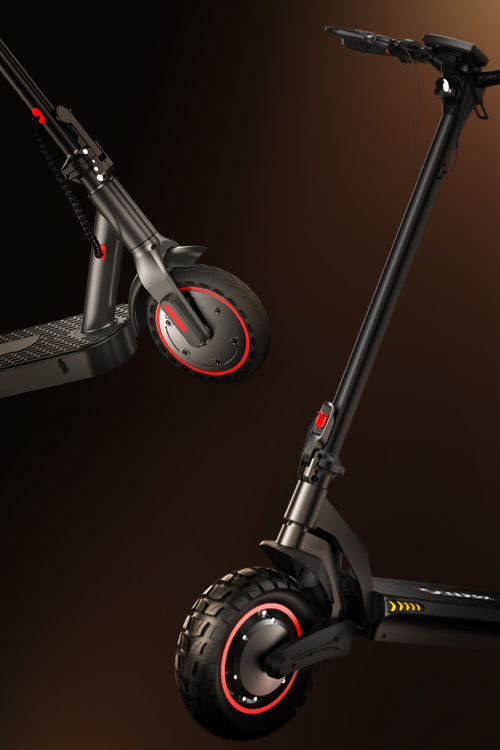
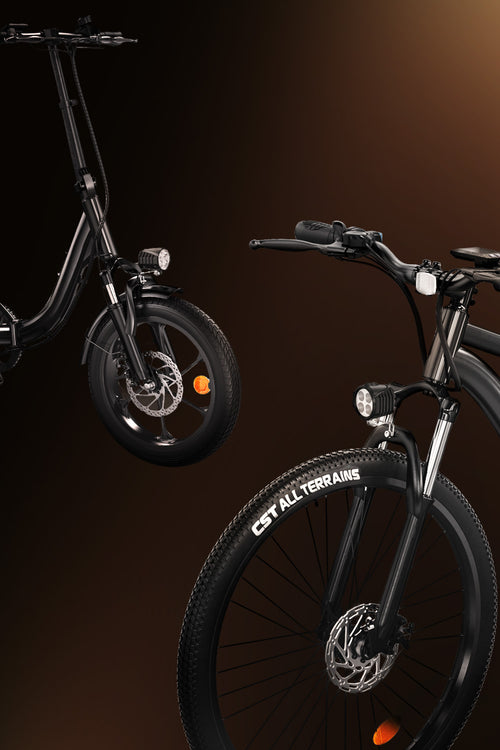
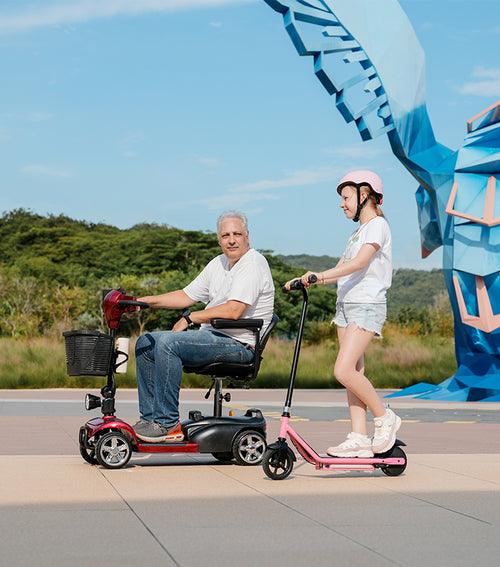







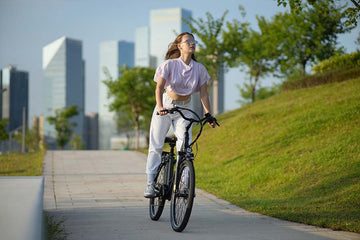

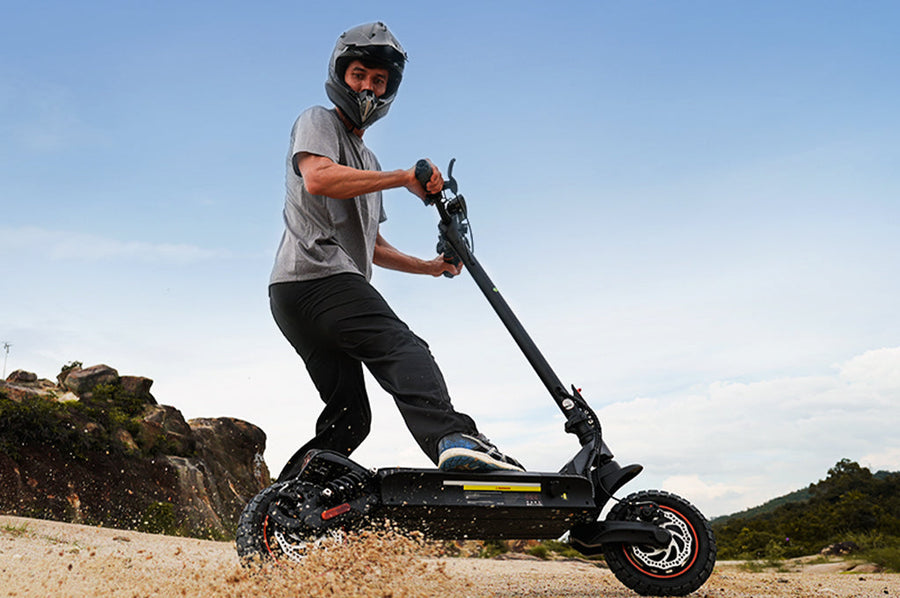



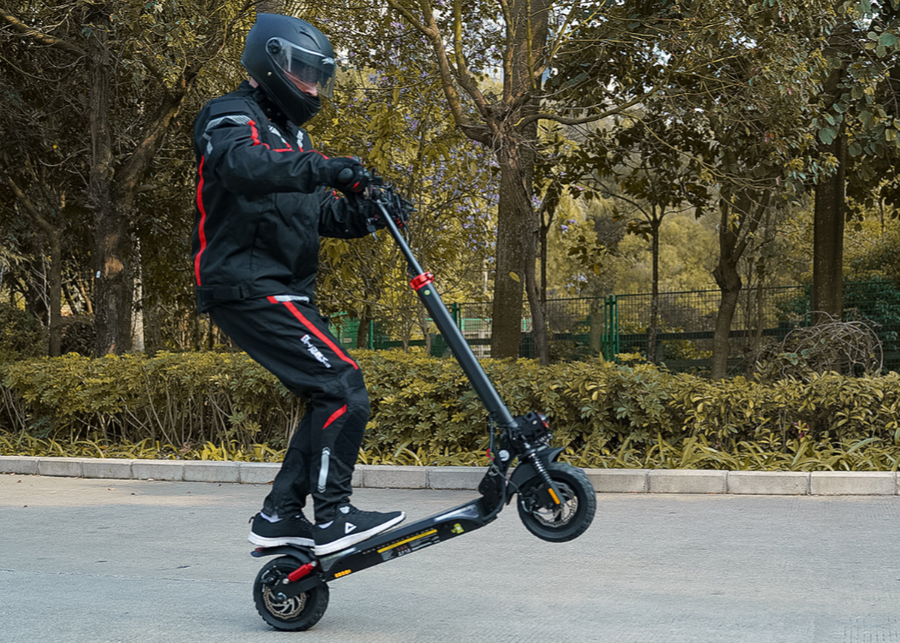
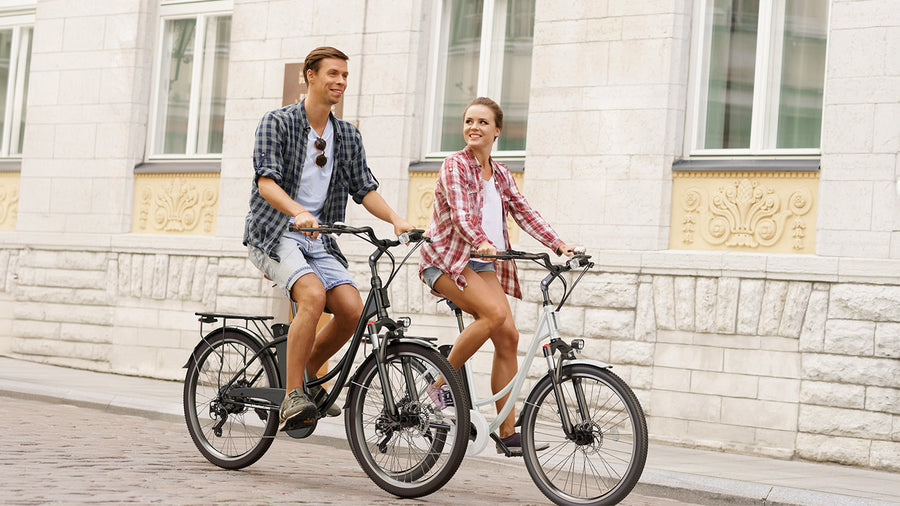
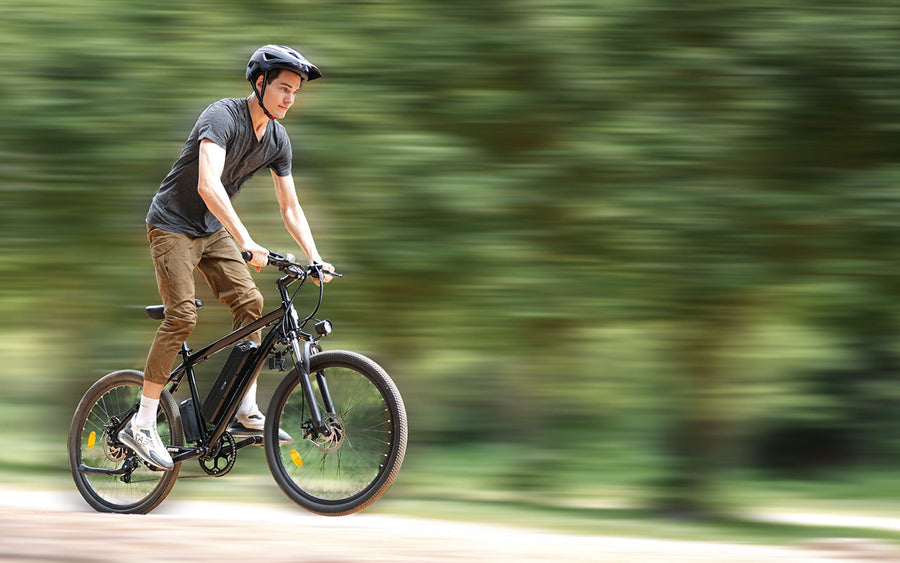
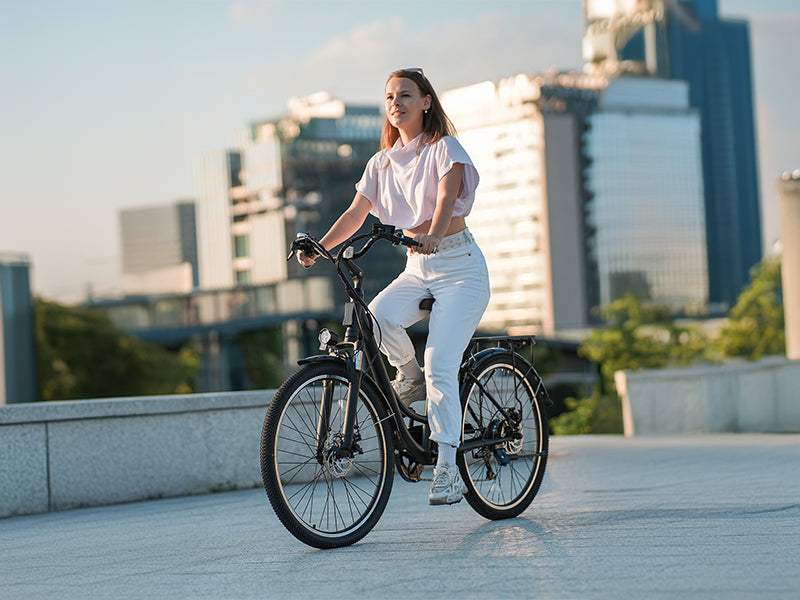
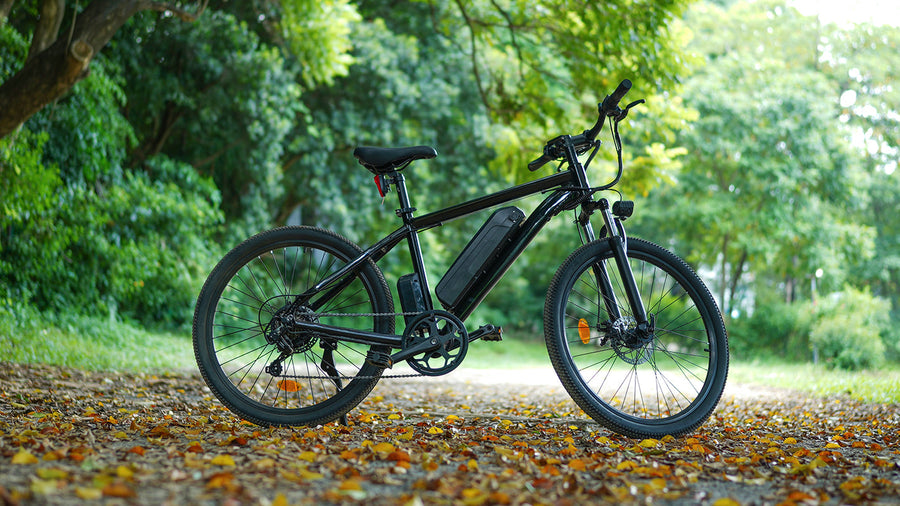
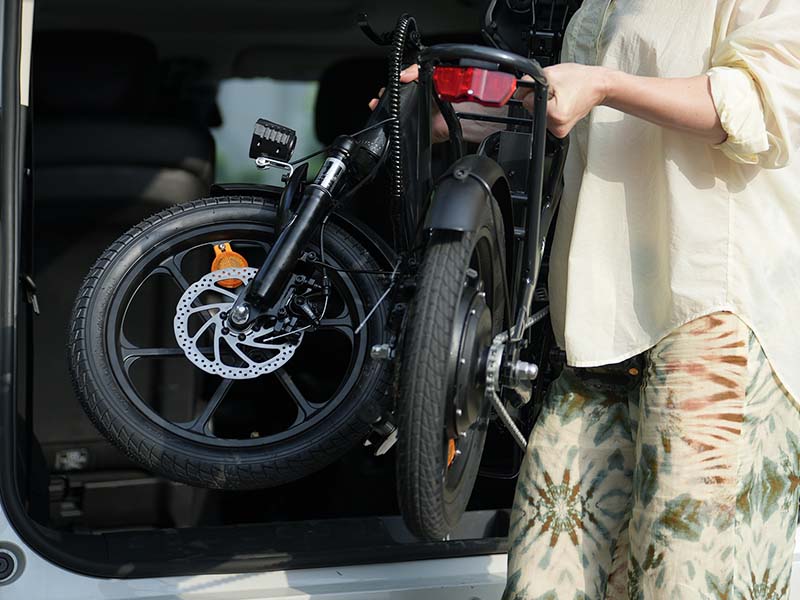
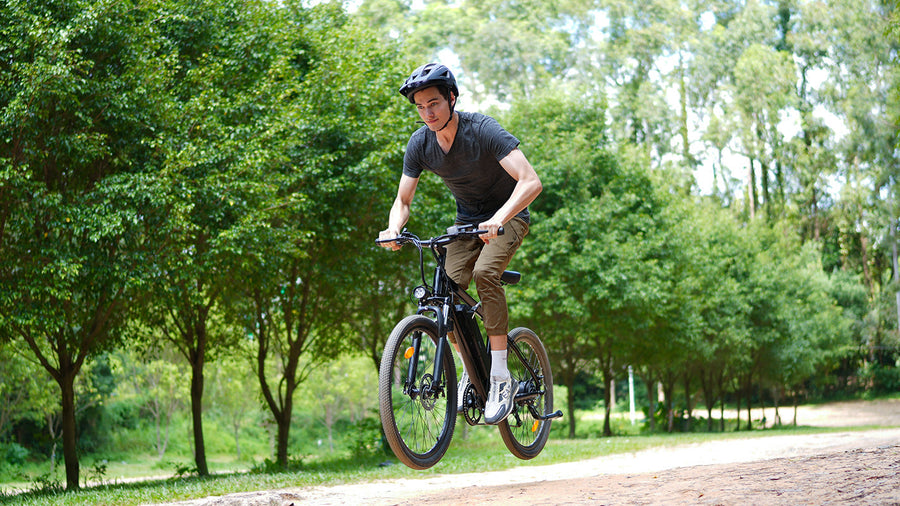









Article tags :
Leave us a message